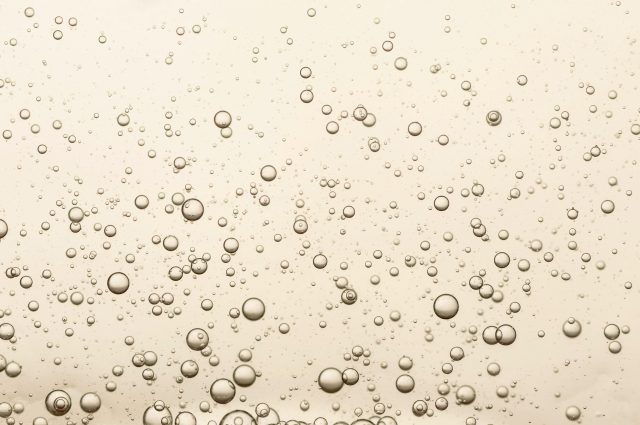This website uses cookies so that we can provide you with the best user experience possible. Cookie information is stored in your browser and performs functions such as recognising you when you return to our website and helping our team to understand which sections of the website you find most interesting and useful.
Researchers uncover the secret behind sparkling wine bubbles
Researchers from Brown University and the University of Toulouse have burst the bubble on why sparkling wine fizzes up in a straight line.

The study, published in Physical Review Fluids, reveals that the researchers poured samples of carbonated beverages, ranging from sparkling water and beer to sparkling wines, both traditional method examples, such as Champagne, and tank method ones, like Prosecco. Using a needle, they then pumped gas into the drinks, experimenting with bubble size and the addition of chemicals that decrease the liquid’s surface tension known as ‘surfactants’, observing the changes.
It was discovered that it is the surfactants found in sparkling wine that are responsible for its stable, single file bubble chains, as the paper’s senior author and professor of engineering at Brown Roberto Zenit explained: “The theory is that in Champagne these contaminants that act as surfactants are the good stuff. These protein molecules that give flavour and uniqueness to the liquid are what makes the bubbles chains they produce stable.”
Though Zenit used the term “Champagne”, the findings are applicable to sparkling wines in general. While beer also has surfactants, its bubbles often don’t rise in a straight line. Sparkling water has no such ‘contaminants’, and therefore there is nothing to guide bubbles through the wake flows of other bubbles, meaning that straight chains are not formed.
The research also showed that bigger bubbles tend to rise more smoothly and form stabler chains – arguably going against the received wisdom that finer beads equal better sparkling wine.
“This is the type of research that I’ve been working out for years. Most people have never seen an ocean seep or an aeration tank but most of them have had a soda, a beer or a glass of Champagne. By talking about Champagne and beer, our master plan is to make people understand that fluid mechanics is important in their daily lives,” Zenit said.
Indeed, as Zenit suggested, the findings may have more practical applications than just helping us to understand why our fizz looks good in a glass. One use cited, though probably not as glamorous as providing trivia for your next Champagne reception, is bubble-induced mixing in water treatment aeration tanks.
Related news:
Researchers uncover the true identity of ‘Tequila worms’
New wine tasting experience in space to cost £105k
Beer cans that help you pour the perfect head of foam now exist

